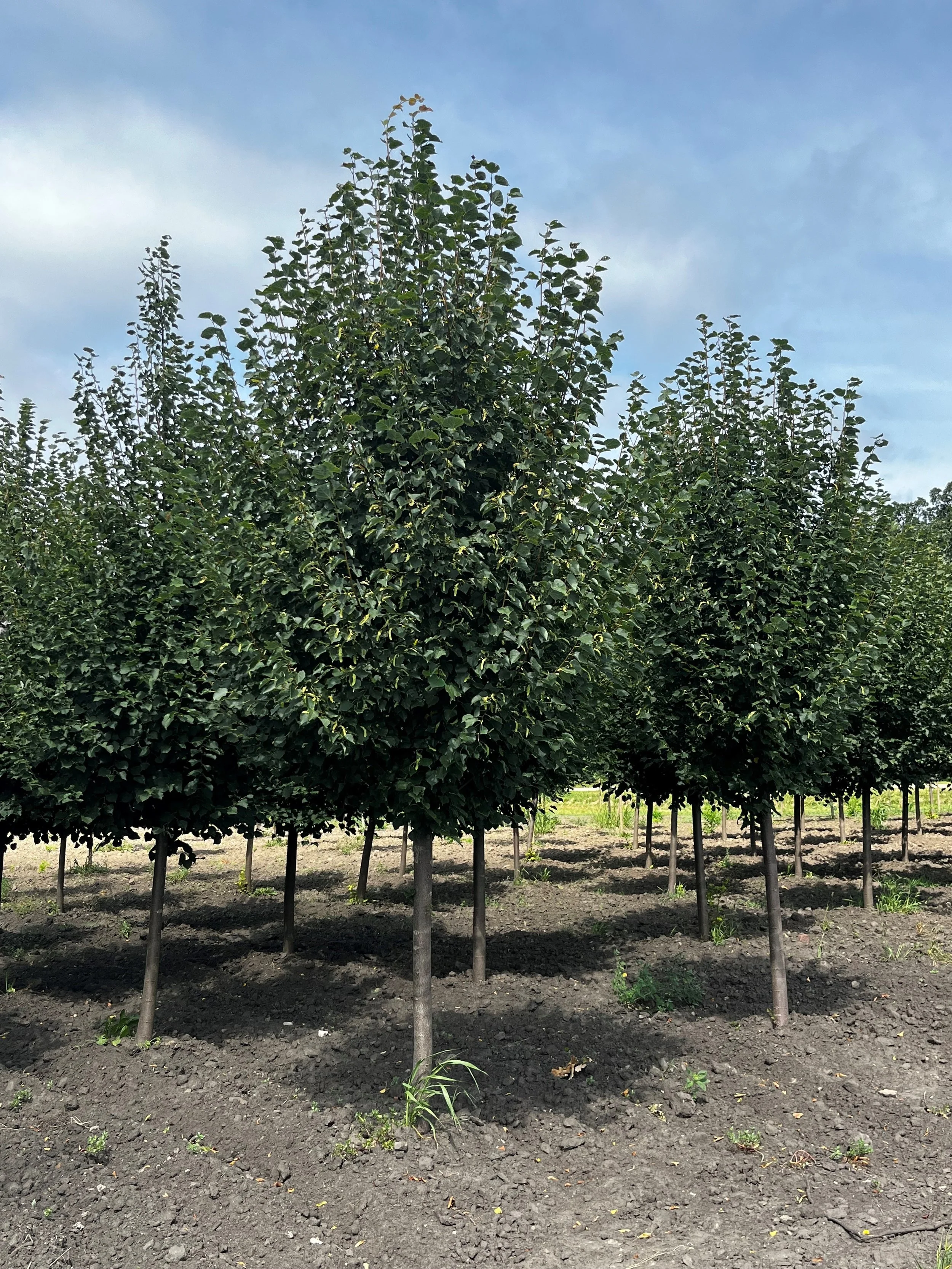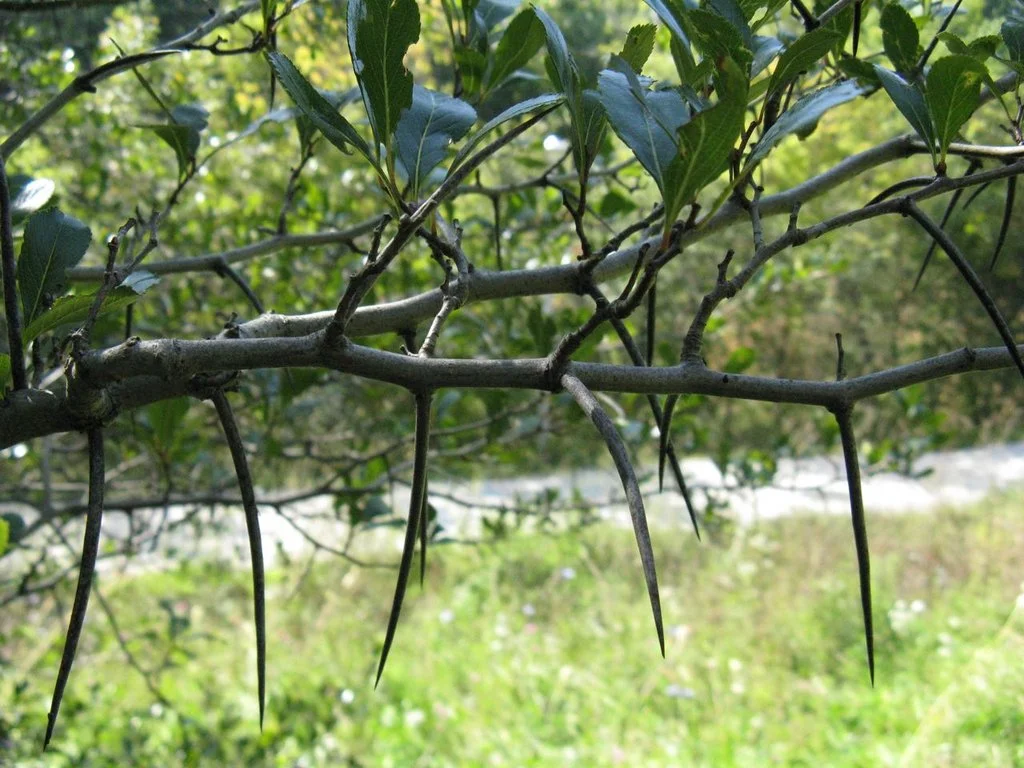Petscapes
Pawsitively Perfect: Designing a Dog-Friendly Landscape
For dog owners, creating a landscape that is not only beautiful but also safe and enjoyable for their furry friends is a top priority. Designing a dog-friendly landscape requires careful planning and consideration of both your dog's needs and your desired aesthetic. In this blog, we will provide you with valuable tips and ideas on how to design a dog-friendly landscape that harmoniously blends functionality, comfort, and style.
Choose Durable and Safe Materials: When selecting materials for your dog-friendly landscape, opt for durability and safety. Consider using sturdy and non-toxic materials for hardscapes such as pathways, patios, and fences. Avoid materials that may be harmful if ingested, such as cocoa mulch or certain plants. Additionally, choose plants that are non-toxic to dogs to prevent any accidental ingestion.
Create Defined Play Areas: Dogs need designated spaces for exercise and play. Designate specific areas in your landscape for your dog to run, play, and explore freely. This can be achieved by creating a securely fenced play area or incorporating open spaces for games like fetch. Providing ample room for your dog to roam and play will help keep them engaged and active.
Incorporate Shade and Water Features: Just like humans, dogs need shade to stay cool and hydrated, especially during hot summer months. Integrate shade structures like pergolas, shade sails, or strategically placed trees to create comfortable resting areas for your furry friend. Additionally, consider adding an easy to clean dog-friendly water feature, such as a small water fountain or basin, where your dog can cool off and quench their thirst.
Mindful Plant Selection: Choose plants that can withstand the playful nature of dogs and are safe for them. Opt for sturdy shrubs, groundcovers, and grasses that can withstand occasional roughhousing. Avoid plants with thorns, spines, or those that are toxic to dogs (such as yews, azaleas and rhododendrons) . Incorporating raised beds or planters can help protect delicate plants and prevent dogs from trampling them.
Install Dog-Friendly Turf or Potty Area: If you prefer a low-maintenance lawn, consider installing dog-friendly artificial turf or designated potty areas with proper drainage. This ensures easy cleanup and minimizes damage to your landscape. Make sure to select turf specifically designed for dogs, as it is more resistant to wear and tear and has proper drainage to prevent odors.
Provide Engaging Features: To keep your dog mentally stimulated, include interactive features in your landscape. Incorporate digging areas with loose soil or sand where your dog can satisfy their natural instincts. Providing toys, such as chew toys or puzzle feeders, can also keep them entertained and prevent destructive behavior.
Consider Pet-Friendly Pathways: Design pathways that accommodate your dog's needs as well. Use smooth and non-slip materials for pathways to ensure traction and avoid any potential slips or injuries. Incorporate wider paths to accommodate your dog's movement and make it easier for them to navigate through the landscape.
Designing a dog-friendly landscape is all about creating a safe, enjoyable, and aesthetically pleasing outdoor space for both you and your four-legged friend. It is possible to design a landscape that meets the needs of your dog while still reflecting your personal style. Remember, a well-designed dog-friendly landscape not only enhances the bond between you and your furry friend but also creates a harmonious environment for all to enjoy.







